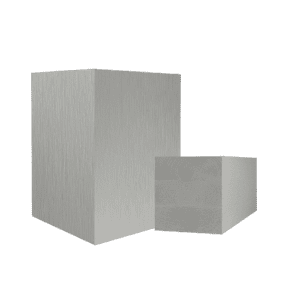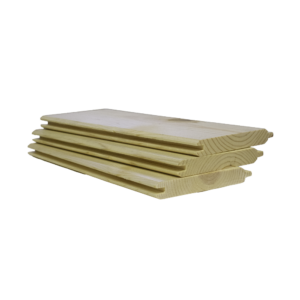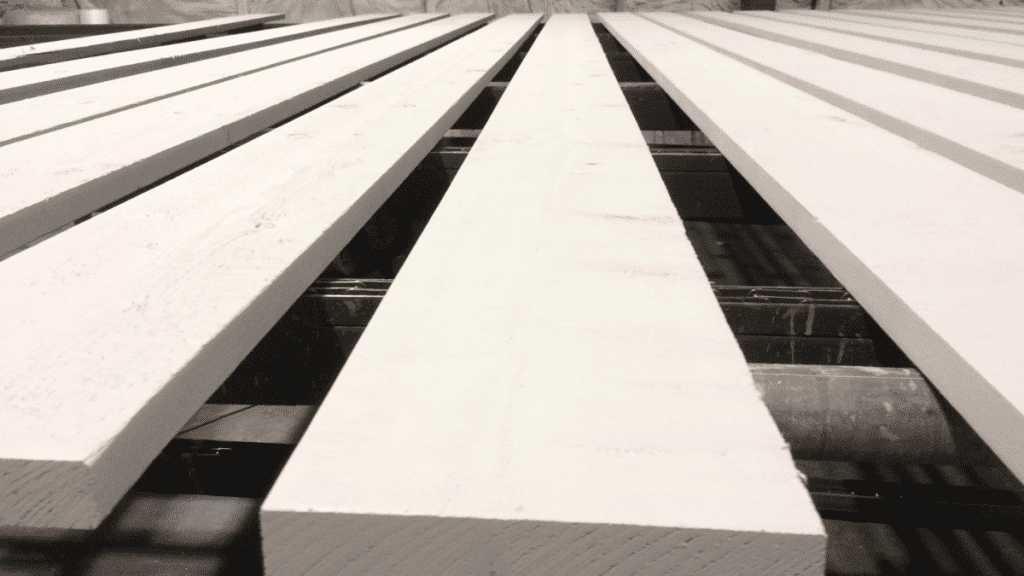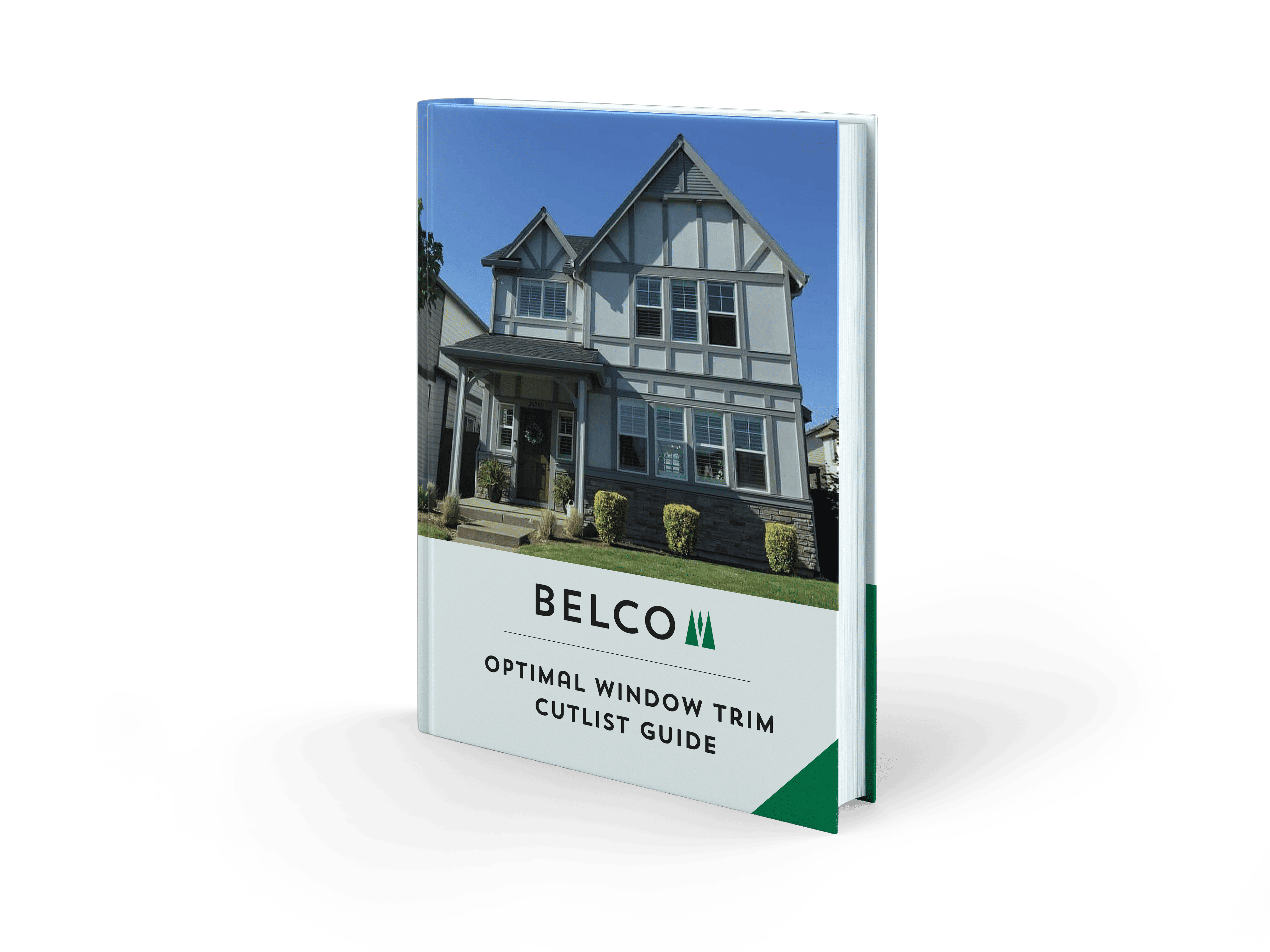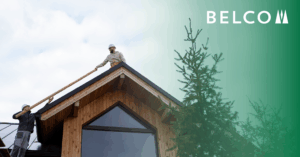Board-and-batten is one of the oldest home cladding styles in the U.S. It’s had a resurgence of popularity, with many homeowners asking for it as accents, partial home cladding, or total home cladding.
Board-and-batten has a lot of characteristics that make it unique from other siding types including the trim. Trim is necessary for board-and-batten cladding not just in the usual places, but in additional areas as well. With the need for extra trim on these styles of homes, it makes sense to use trim that’s less expensive, easy to work with, and low-maintenance.
About Board-and-Batten Homes
The board-and-batten style became popular around the time that lumber mills first came to the country. Once people had access to milled lumber, they began installing wide, vertical planks over the exterior of their homes. To cover the seams where the planks met and to help seal up the homes, thin strips of wood known as battens were installed over them.
When the board-and-batten style was first being used, there were a lot more old-growth trees being harvested than there are today, which made for wider and longer planks. At the same time, homes were often smaller, so a single board could cover the exterior from top to bottom with no need for horizontal breaks.
Today, with larger homes, fewer old growth trees, and a wider range of both siding styles and materials, board-and-batten siding have changed. Nowadays, this style may be used as a way to accent a specific section of the home, or on one complete area such as the garage, while the other sections of the home are clad in other siding types.
This has led to the need for additional trim on homes with board-and-batten cladding. In addition to the traditional use, such as around windows and doors and on the corners of the home, trim is also necessary to provide horizontal breaks in the cladding.
This is necessary in two instances. The first is when changing siding styles, for example using horizontal lap siding on the majority of the home, then switching to board-and-batten to accent an area beneath the eaves. You need a break between the two siding styles to help make the distinction clear.
The second is when cladding the entire home in board-and-batten, and you have limited board length. In this instance, the vertical boards aren’t tall enough to cover the home in its entirety, so you will need to put a horizontal break between the first set and the set above. This helps give the home a cleaner look and eliminates an out of place horizontal seam.
In both instances, a wide band of trim that matches the color, style, and material of the trim used elsewhere on the home makes the most sense for creating that break.
Choosing the Right Trim Material
Board-and-batten siding comes in many different materials, and so does trim. Wood is usually the preferred material for its beauty and classic appearance.
However, traditional wood trims like cedar aren’t always the best choice. The wood trim is often expensive, especially for projects that use a lot of trim like certain board-and-batten clad homes. It also requires a lot of work to install properly to look its best. Cedar and other wood trims must first be primed to help prevent bleed-through, then painted their final color, which increases both the time needed to install them and their expense. They’re also fairly high-maintenance for the homeowner, and because board-and-batten is already slightly higher in maintenance than other siding styles, adding additional maintenance in the form of the trim isn’t the most attractive option for most homeowners.
Using a preservative-treated trim like Belco Forest Products XT Trim can help solve these issues. It is a lightweight wood trim that has been treated with a topical preservative. The preservatives are absorbed into the trim, making it much more durable and lower in maintenance than cedar. It’s easy to work with and comes pre-primed, cutting down on the amount of time needed for installation. The trim comes with a 20-year limited warranty, and costs less than cedar and other similar wood trims, so despite the fact that board-and-batten siding projects demand more trim, you’ll come out ahead in costs and on labor.
Preservative-treated wood still has the wood grain and texture that makes wood so appealing for home exteriors, but it’s much lower in maintenance so homeowners don’t have to worry about caring for it the way they would with other wood trim products. This can inspire confidence from homeowners, while also reducing callbacks for you.
Choose the Right Trim for Your Board-and-Batten Projects
Every home needs the right trim to complete its appearance and help cover seams. Using a preservative-treated trim means that you can complete your projects more easily with lower costs and with fewer callbacks.
Visit Belco Forest Products to learn more about their preservative-treated trims and how they can assist you on your next project, and complete your board-and-batten exteriors in style.


